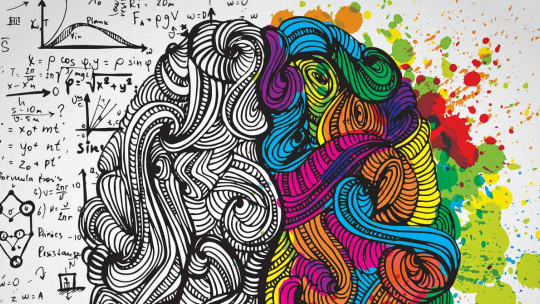
Clayton Christensen, an influential professor at Harvard Business School and one of the leading theorists of transformation in business, is especially known for his theory of disruptive innovation. It is true that this theory is focused on the business field, however, it also has use in different disciplines, including psychology. In fact, it is thought to have applications in mental health and psychotherapy.
A few decades ago, specifically in 1977, Christensen published one of the most recognized business books of the last 50 years: The Innovator’s Dilemma. No one is surprised when a poorly managed company goes bankrupt, however, we all shake our heads when a good organization fails. How can it be that those companies that are well organized, listen to their consumers and invest in new technologies end up bankrupt?
What does the theory of disruptive innovation say?
Christensen asked himself this same thing, and therefore, he dedicated much of his life to the study of companies that worked well and came up with an interesting paradox. The failure of good companies comes from decisions that are made when these companies are considered among the best in the world. But why? Two applications can be given.
Firstly, you can think that they were lucky and really not that good, and that they were subject to poor management that was hidden by the good results. Secondly, to which Christensen dedicates his study, is that There is something about the way decisions are made in good organizations that sows the seeds of eventual failure
In short, we can say that Christensen challenged the beliefs of the time and stated that the reason for failure is precisely the existence of good administration. Furthermore, he adds that successful companies usually focus on improving their current products and services, to meet the needs of their most demanding and profitable customers. However, they sin when it comes to losing sight of the needs of less demanding or potential clients.
With this, the theory recommends introducing new products or services that are simpler They may at first seem inferior to existing products or services, but they are more accessible and affordable for everyone. In other words, instead of improving what already exists, disruptive innovation creates new markets and growth opportunities.
Until now, in order to explain the theory, we have focused on the organizational field. However, in today’s article, we will focus on how the theory of disruptive innovation can be applied in the field of psychology, especially in psychotherapy. Stay to discover how something so organizational can be transformed and useful in psychology.

Application in psychology
Regarding the relationship between the theory of disruptive innovation and psychology, experts on the subject point out that The therapies that currently exist, to a large extent, focus on improving the effectiveness of therapies to treat the most complex and chronic patients Of course, this leaves out patients who could benefit from simpler, more accessible treatments.
This is where disruptive innovation comes into play. With it, a significant improvement in the accessibility and effectiveness of mental health care could be achieved. To this end, the creation of new treatments and care models that have greater coverage and thus be able to reach a much larger population is being considered.
We could affirm without a doubt that The theory of disruptive innovation is a useful tool when rethinking existing practices in psychology and psychotherapy However, we cannot forget that it is also important to keep in mind that this theory is not the only solution to achieve success.
In fact, implementing a new form of therapy requires a lot of time, effort and resources and of course, this does not guarantee having the expected results. Furthermore, it is important to clarify that any innovation in psychotherapy is based on solid scientific evidence and conforms to the ethical and professional standards of clinical practice.
Conclusions
It is clear that with his ideas, Clayton Christensen managed to revolutionize business management and all those areas where his theory is useful. Today, it is accepted that we must think differently, or as they say, outside the box. In the context of psychotherapy, a disruptive innovation would be a new form of therapy that challenges traditional forms.
A clear example would be online therapy, as it changes the way therapists and patients interact and communicate Going one step further, online therapy is having very good results and more and more people are daring to enter this new world.
Finally, as we mentioned at the beginning, psychology is just one of the many areas where this theory can serve as a tool. In this regard, we would like to mention education. That is, in the educational field, a disruptive innovation refers to everything that breaks with the traditional curriculum, methodologies and modalities of knowledge transmission, thus opening the doors to new learning alternatives.
And how? New technologies and their new uses are key within disruptive education since they allow the introduction of advances and innovations in educational processes Not only this, but also the transformation of times, spaces, methodologies and educational hierarchies established from the classroom itself change and help improve the learning process, all thanks to the theory of disruptive innovation.









